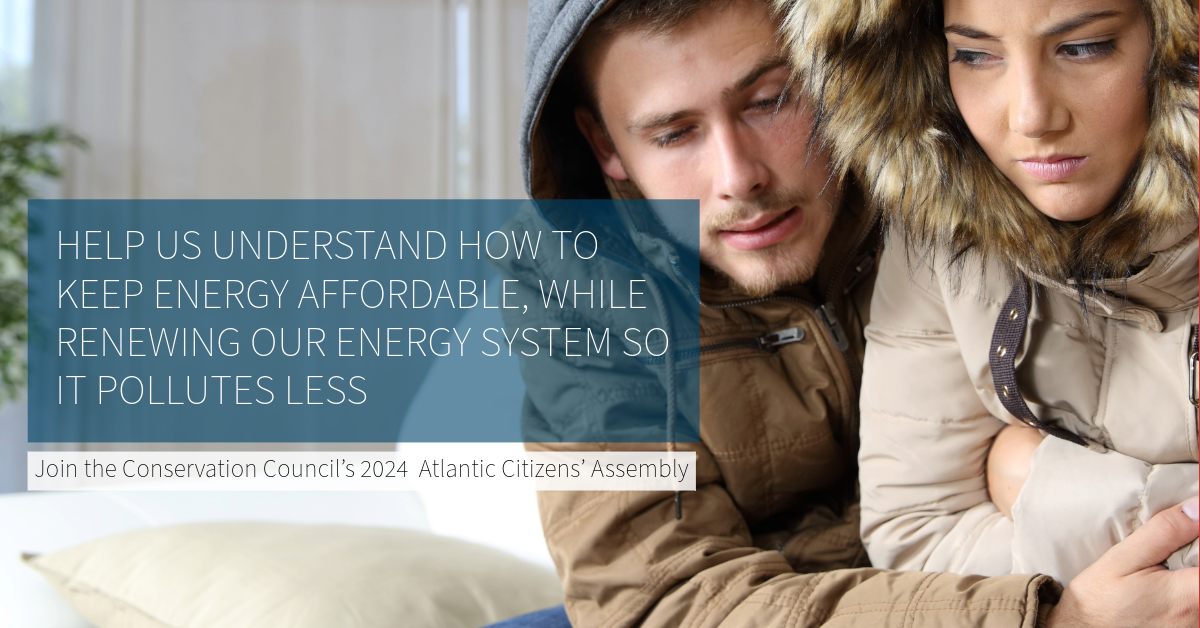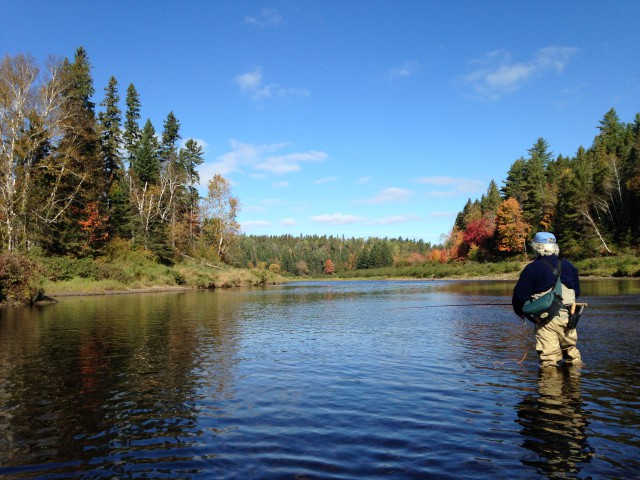We have the power to turn the climate crisis around
We can all play our part in solving climate change.
Think of global heating like a blanket.
Greenhouse gases like carbon dioxide (CO2), methane (CH4) and nitrous oxide (N2O) from burning coal, oil, natural gas, gasoline (fossil fuels), and from cutting or burning forests and industrial agriculture (land use), have a special talent: they form a blanket around the Earth that traps heat for hundreds or thousands of years. Under historic conditions, when Earth was in energy balance, these gases maintained a comfortable global average temperature of 15 degrees Celsius.
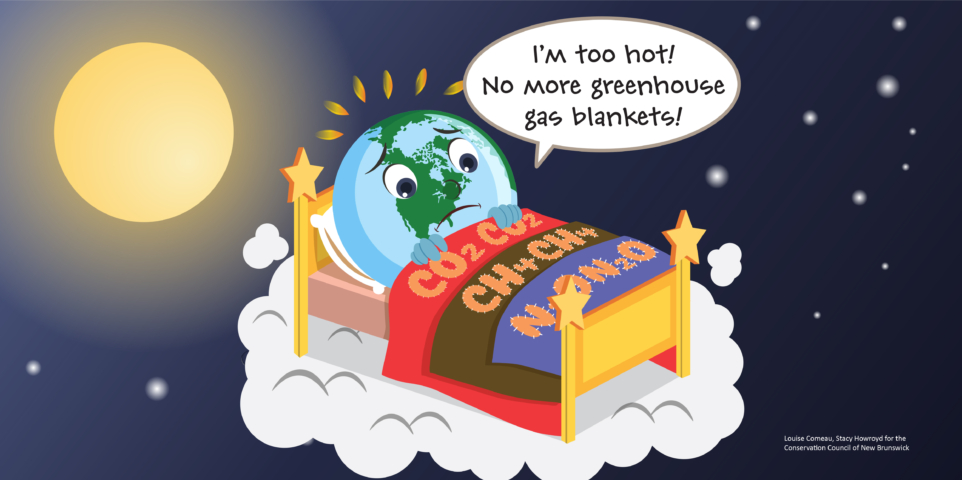
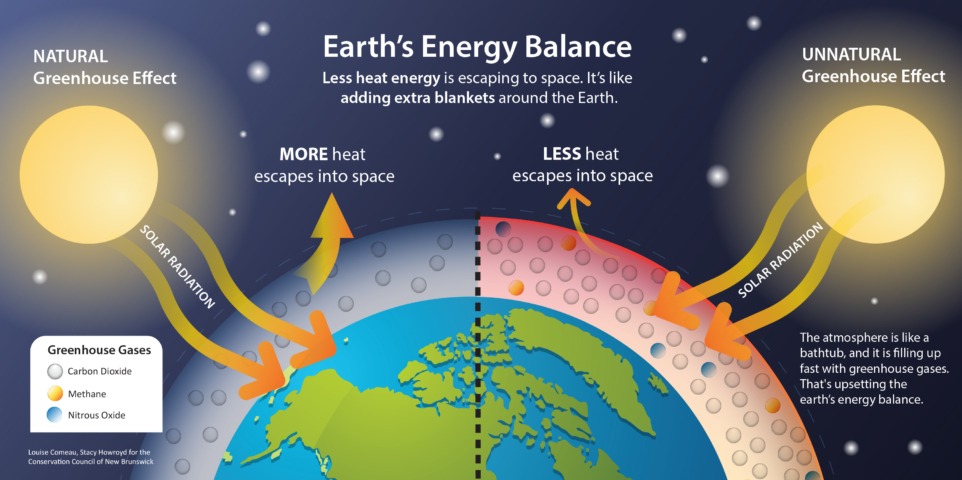
According to the world’s leading climate scientists, even global average warming of another half a degree or so puts the world at grave risk of even more extreme changes to our weather. Unfortunately, if we don’t get a handle on our energy and land use, humans and natural system could face additional warming of 3 degrees or more. That’s just too many blankets!
We have a lot of work to do to prevent adding more greenhouse gas blankets of heat to the Earth’s surface. That is because Earth’s natural systems – the oceans and our forests, plants and soils — absorb about half the greenhouse gas emissions the world puts into the air every year. Our oceans, trees and plants can only do so much. To help bring the Earth back into balance, we need to drastically cut the use of fossil fuels and do more to protect natural systems.
Think of the air like a bathtub: It's getting full and that's risky
To understand how much work we have to do, think of a bathtub with the tap fully turned on and water nearly overflowing. If we only turn the tap slightly to slow the water flow, the stock of water in the tub will still overflow. To stop the bathtub from overflowing, we have to turn the tap off, and to get the water level down, we have to open the drain.
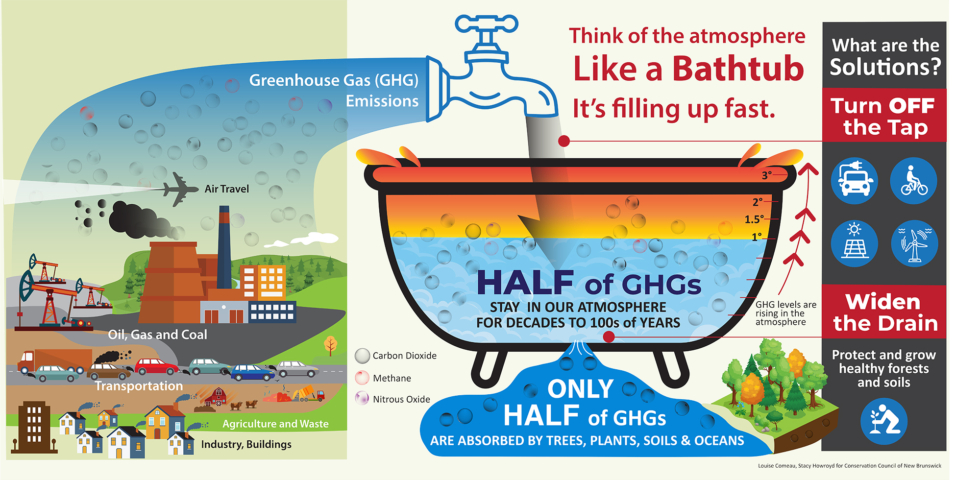
Together, we can make a difference
The only way to stop the total concentration of greenhouse gases in the air from growing (the stock in the atmospheric bathtub) is for all of us to work together to shrink global emissions to less than half today’s levels in the next 10 years, and then get to near zero emissions within the next 30 years. If Canada and the rest of the world does its part to reach those goals, and we can, the Earth’s energy system will eventually come back into balance and we will avoid dangerous global heating.
In other words, solving climate change requires we stop burning fossil fuels and disturbing land to cut the flow (turning the tap off), and we have to increase the capacity of the Earth to absorb carbon by growing and protecting forests and changing industrial forestry and agricultural practices (widening the drain to reduce the stock). We may also need technologies that capture CO2 from the air or industrial operations.
If we lower global greenhouse gas emissions by at least half over the next 10 years (turn off the tap) we can stop the amount of greenhouse gases increasing in the atmosphere.
Turn off the tap
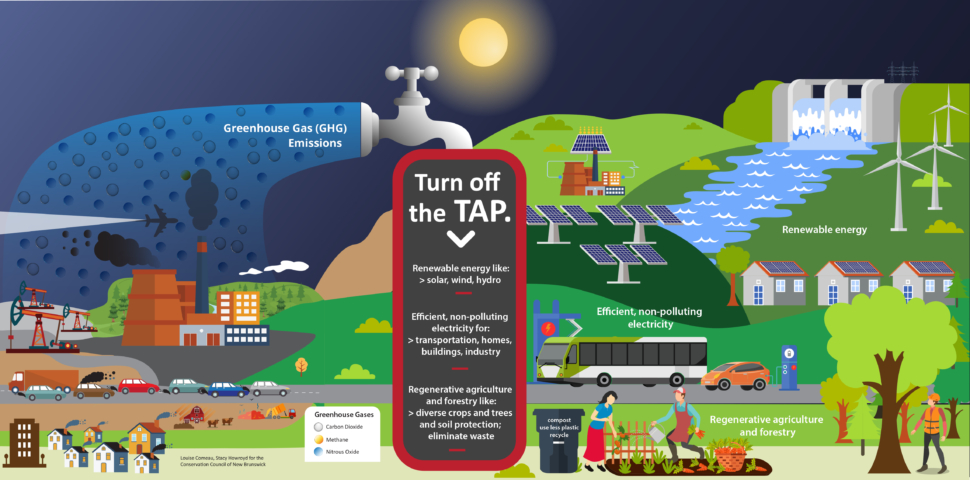
To prevent future warming from the gases already in the atmosphere, or to come through the Earth reacting to unavoidable warming (positive feedback), we have to do even more. In other words, we have to draw down what is already in the air by protecting and restoring forests and managing land to keep soils healthy. In other words, we have to lower the level of greenhouse gases in our atmospheric bathtub by widening the drain and keep future levels below what Earth can naturally absorb.
Widen the drain
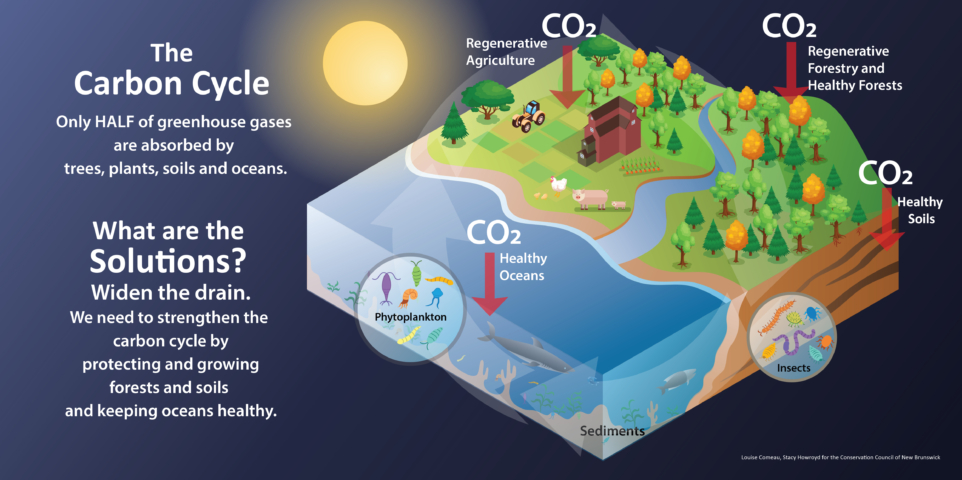
Did you know? Air pollution and climate change are not the same
During the Covid-19 pandemic, many of us have noticed the air looks cleaner and people living in polluted cities are breathing easier. That is because using fossil fuels, in addition to generating long-lived greenhouse gases, also generate short-lived acid and particle emissions, as well as volatile gases that cause acid rain and smog. These short-lived pollutants fall out of the air when it rains, or through air transport, in just a few weeks.
We also reduce short-lived pollution by adding scrubber technology to power plants and factories, or by adding caps that prevent volatile gases from escaping at gas pumps. During an economic slowdown, as we have seen in the recent pandemic, we drive less and use less gasoline, or burn less coal to make electricity or other fuels to run factories. The result is we enjoy cleaner air. Cleaner air is a good thing because smog and acid emissions affect our health as well as the environment.
We would prefer, of course, to enjoy the benefits of clean air and a safe climate through in positive ways. The best way to do that, and solve climate change too, is to change our energy sources and the way we manage land.
Greenhouses gases are long-lived and exceed the Earth’s ability to absorb them by at least half, which means we increase the amount in the air each year like filling a bathtub. These greenhouse gases last hundreds to thousands of years, not weeks, and trap heat at the Earth’s surface. To solve climate change, we need to cut emissions from energy and land drastically, not just a small amount, to see improvement.
The good news is that solving climate change also solves air pollution. Click here to learn more.
Watch our webinar: The Basics of Climate Change with Dr. Louise Comeau
Now, let's talk solutions
You know what we’re up against.
The good news is there is lots we can do to slow climate change and protect our communities.
Click here to get started today, or explore the sections below.
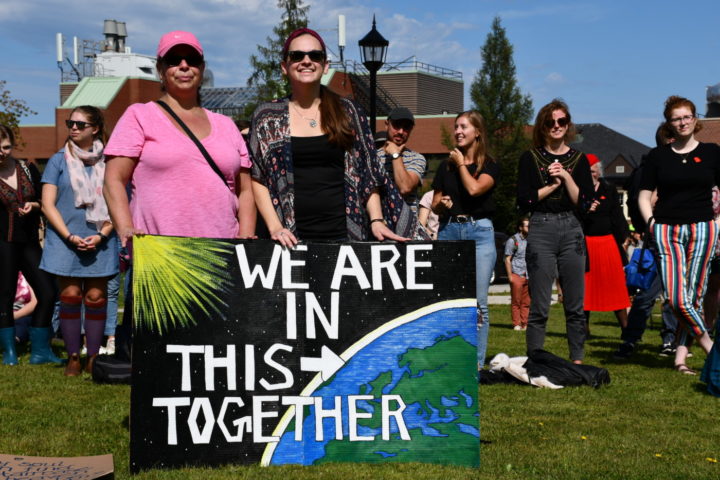
Learn more about climate change and solutions:
Videos: For the Love of New Brunswick
These videos explore how climate change is already affecting the things we love doing in New Brunswick, and how we can all do our part for solutions.

